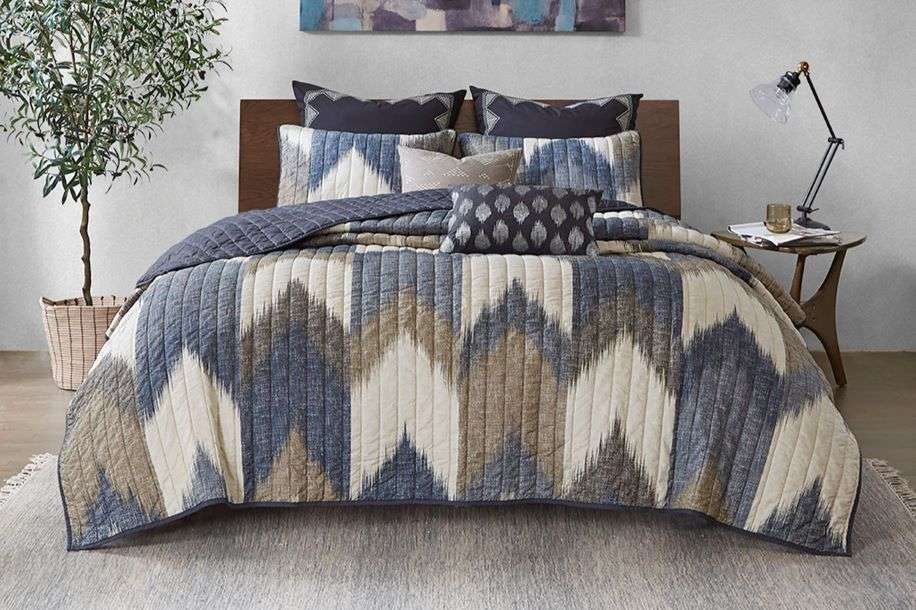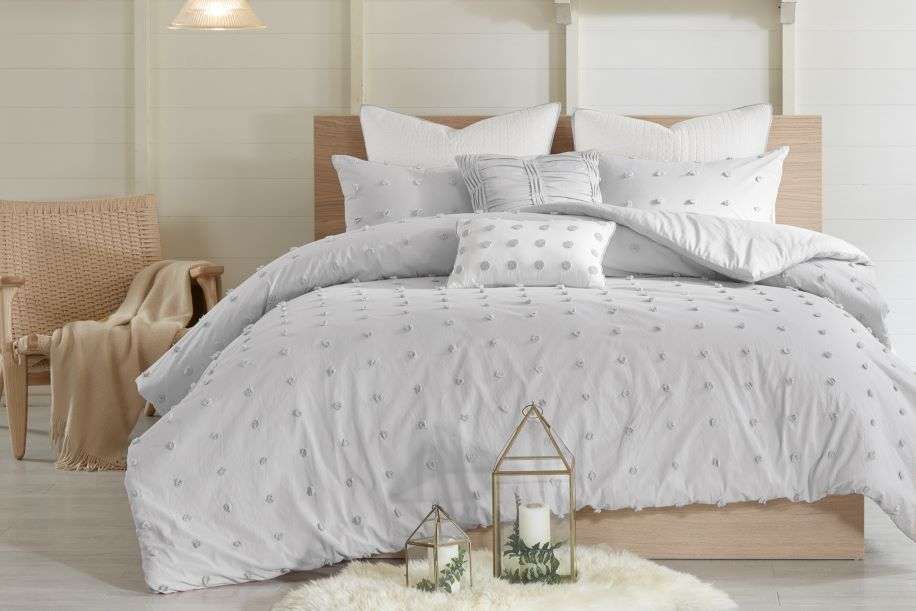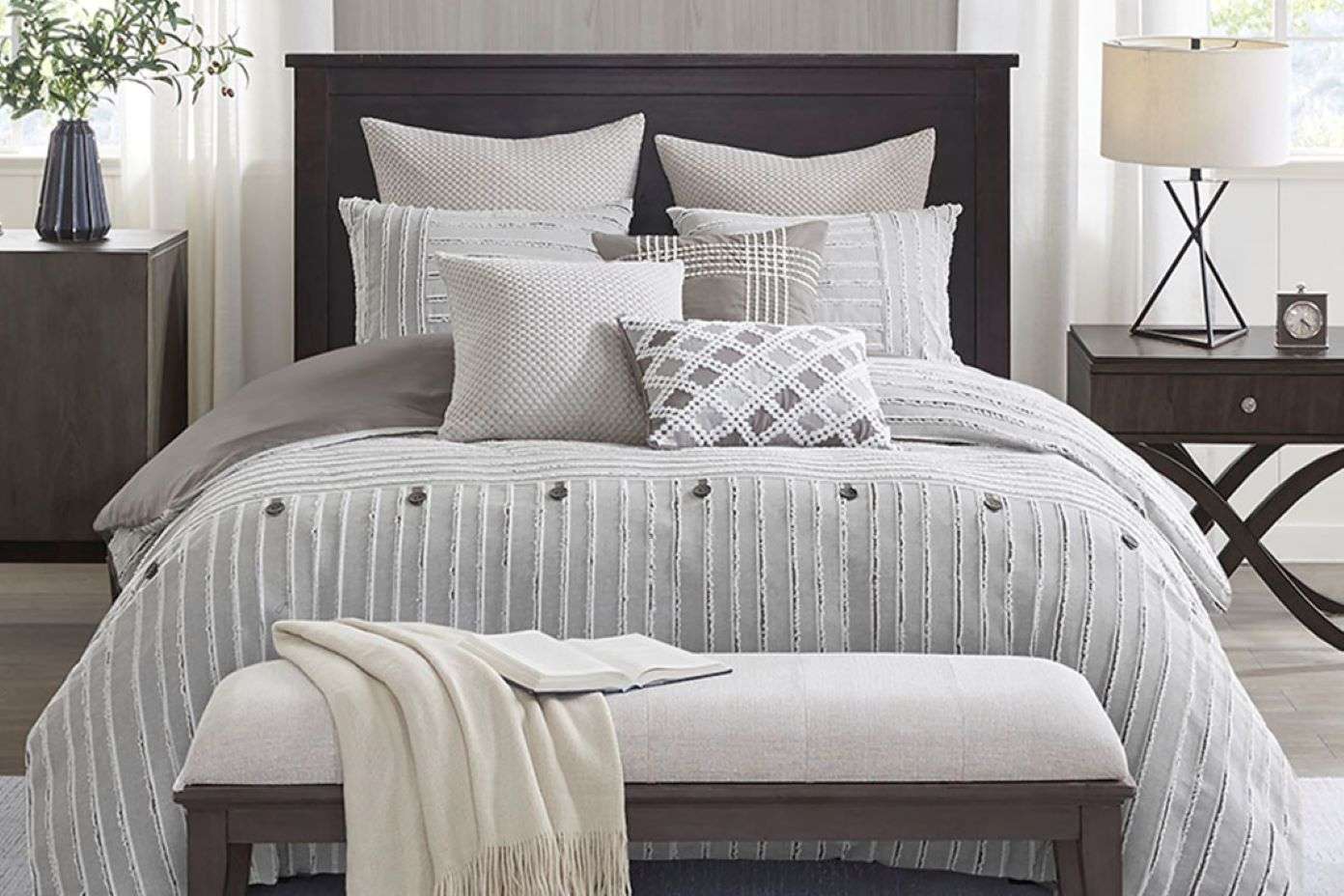
King Comforter on Queen Bed: A Cozy Upgrade
Maximizing Comfort with a King Comforter on a Queen Bed.
King size bedding on a queen bed might seem unconventional, but it's a choice that can enhance your sleep experience by offering extra comfort and style. Whether you're eyeing a king size comforter on sale or contemplating a complete bedding set, we've got insights and tips to ensure your bedroom looks great and feels heavenly.

Different Bedding Types
Understanding the various bedding types is important when considering a king comforter for a queen bed. Each type brings a unique texture, warmth level, and aesthetic to the bedroom.
Mattress Size
Before adding a king comforter to your queen bed, measure your mattress. This step ensures that the comforter will fit perfectly, avoiding any overhang or shortage issues. Common mattress sizes include king, queen, and full, with varying heights that can affect how a comforter drapes over the sides.
Comforter Size and Design
When shopping for a comforter, consider the dimensions, design, and thickness. The right fabric can also make a significant difference in comfort and aesthetics. Whether you prefer a sleek, modern look or a fluffy, inviting feel, there's a design to match your taste. Don't be afraid to make your comforter a statement piece.
Comforter Price
The price of a comforter can vary greatly depending on style, design, and material. Fortunately, Rooms To Go offers a wide range of options to fit any budget. Whether you're looking for a luxurious bedding set or a more affordable comforter on sale, finding the perfect comforter to meet your needs and preferences is easier than ever.
Using a king size comforter on a queen bed can be a wonderful way to enhance your bedding's comfort and style. By understanding the different types of bedding available and considering size, design, and price, you can create a cozy, inviting bedroom that perfectly suits your needs.


















